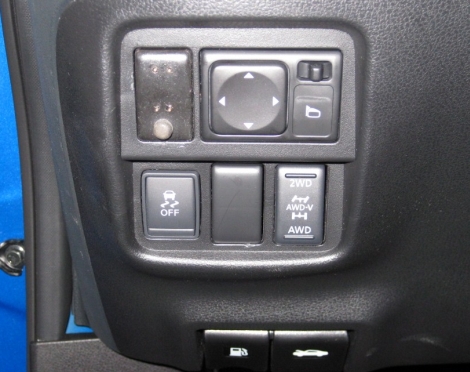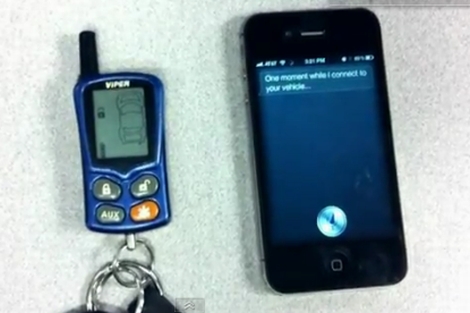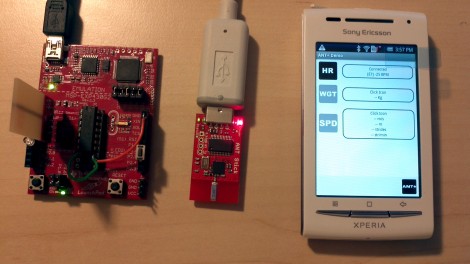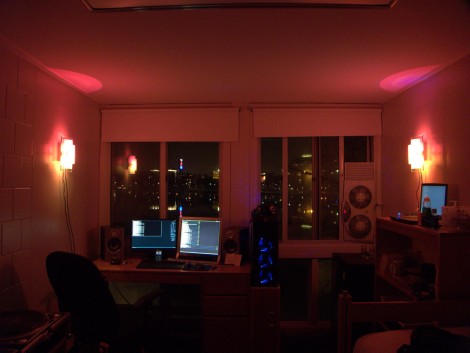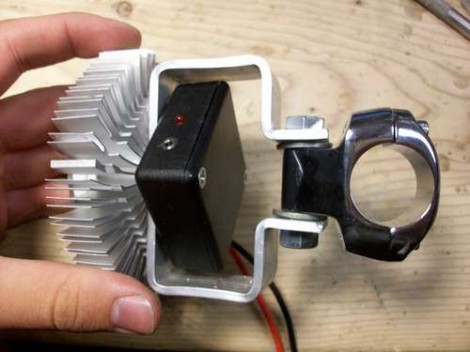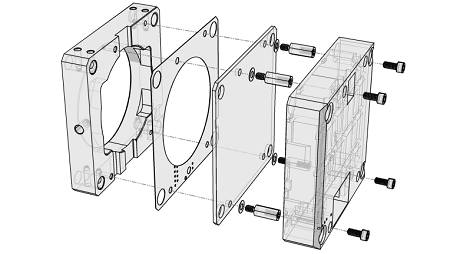[Dave] just can’t seem to get enough of modifying his new car. Where he lives, it’s typically dark on his ride home from work and he finds himself dropping things on the floor of his car all too often. Nissan decided not to include lighting in the Juke’s foot well or glove box, so [Dave] decided that he needed to rectify the situation.
As you might have noticed by his previous tinkering, [Dave] is a big fan of LEDs and ATTiny microcontrollers. He added some Lego-supported LEDs to the driver and passenger side foot wells, installing an additional light in the glove box while he was at it.
The Juke had a couple of usable blank spots on the dashboard, so [Dave] installed a pair of capacitive touch sensors and a small switch into one of the open slots. When touched, the top-most capacitive pin pair ramps up the foot well lights, while the lower pair turns on the LEDs in the glove box. The switch at the bottom is used to toggle on a light in the back seat which he installed a while back.
It’s a simple addition, but it makes all the difference when he is hunting around on the floor in the dark. We are a bit surprised by how many amenities are missing from the Juke, but tweaking them to his liking seems to keep [Dave] happily occupied.
Continue reading to see a short demo video of his interior lights in action.
Continue reading “DIY Car Lighting Illuminates Areas The Designers Overlooked”

